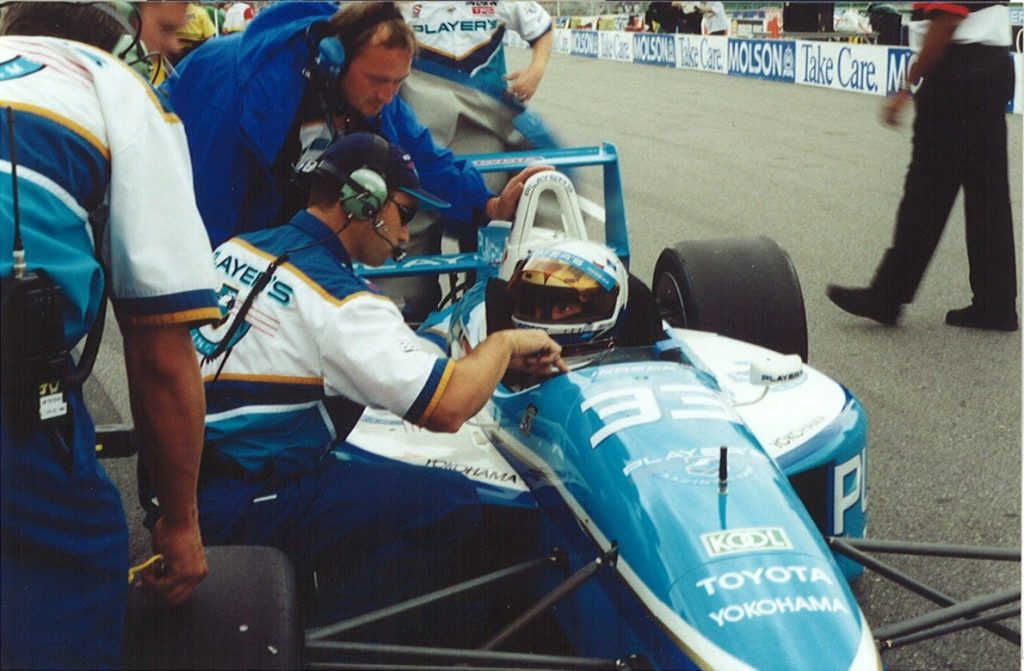KINGSTON, R.I. – Oct. 20, 2025
This summer, Apple’s highly anticipated F1 film surprised many by surpassing $600 million in box office sales with a budget of $240 million, making it Brad Pitt’s top-earning movie. The film, centered on an F1 legend who comes out of retirement to mentor a promising young driver, parallels the story of a University of Rhode Island professor.
Mentoring Young Minds
While Andrew Borme isn’t guiding drivers, he influences budding engineers as an assistant teaching professor at URI’s College of Engineering. His connection to racing, similar to Pitt’s character Sonny Hayes, stems from his rich history in the motorsport industry. Borme, a mechanical engineer specializing in aerodynamics, may not have been a driver, but he has significant experience with top-tier racing teams, including serving as a race engineer for the BMW-Sauber Formula 1 team and working with Penske and Toyota Motorsports, as well as Williams F1 as a reliability engineer, contributing to multiple Indianapolis 500 victories.
A Journey into Motorsports
Borme’s journey into motorsports was not straightforward. After completing his undergraduate studies, he envisioned a career in aerospace, inspired by his aviator grandfather and his Italian roots. However, he quickly realized the vastness of the industry and felt like just a small cog in the machine.
A New Direction
This led him to shift gears, pursuing further education in California to earn a master’s degree. Although a longtime racing fan, Borme stumbled into motorsports when he spotted a flyer at university seeking a junior CAD designer part-time, which turned out to be for Nissan’s factory race team in North America.
The Allure of Instant Gratification Engineering
Borme found motorsports captivating for its immediacy. “It was what I call instant gratification engineering,” he remarked, explaining how designs are analyzed and produced within weeks, directly impacting car performance on race day. His expertise focused on aerodynamics, influencing vehicle handling through design tweaks like adjusting chassis height or rear wing shape.
Transition to Academia
After over two decades in motorsports, Borme sought a new challenge, eventually finding his home at URI after beginning his academic career in Indianapolis due to its motorsports engineering program. In the classroom, he translates his rapid design and testing experiences into lessons for his students, emphasizing project management and reverse planning from deadlines.
Racing Past and Future Aspirations
Despite being frequently asked about his experience as a driver, Borme has never driven an F1 car. He notes that the extreme lateral forces experienced by drivers would be challenging for a novice. Although he has provided critical support in building F1 vehicles, he feels comfortable leaving the driving to the professionals. Looking ahead, Borme has aspirations of potentially starting a race team at URI.



